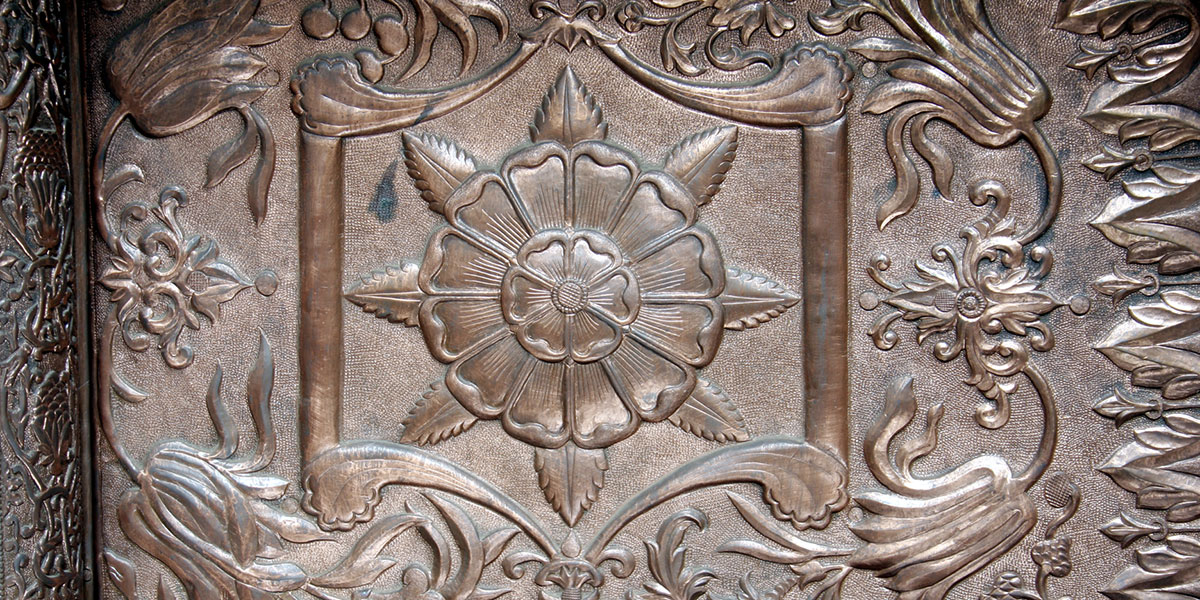Tomb of Rabia Daurani (Bibi-ka-Maqbara)
The Bibi-Ka-Maqbara is a beautiful mausoleum of Rabia-ul-Daurani alias Dilras Banu Begum, the wife of the Mughal Emperor Aurangazeb (1658-1707 AD.). This mausoleum is believed to be constructed by Prince Azam Shah in memory of his mother between 1651 and 1661 AD. An inscription found on the main entrance door mentions that this mausoleum was designed and erected by Ata-ullah, an architect and Hanspat Rai, an engineer. The mausoleum draws its inspiration from the world famous Taj Mahal of Agra (constructed between 1631 to 1648 AD.) and hence it is rightfully known as the "Taj of Deccan". The mausoleum stands in the centre of a huge enclosure measuring approximately 458 m. N-S X 275 m. E-W. Baradaris or pillared pavilions are located at the centre of north, east and western part of the enclosure wall. The typical Mughal Char-Baghpattern adorns the mausoleum thereby increasing its beauty and splendour through its symmetry and excellent garden layout. The high enclosure wall is crenellated with pointed arched recesses and bastions at regular intervals are provided to cut down the monotony. The recesses are divided by pilasters, crowned with small minarets. The mausoleum is entered through a wooden entrance gate on its south, which has excellent foliage designs on brass plate covering from the exterior. After passing through the entrance a small tank is provided and a low profile screen wall leads to the main structure. The screened pathway has a series of fountains at its centre, which adds to further the serene atmosphere. The mausoleum is built on a high square platform with four minarets at its corners, which is approached by a flight of steps from the three sides. A mosque is found to the west of the main structure, which was a later addition caused, by Nizam of Hyderabad. The mausoleum is encased with marble up to the dado level. Above the dado level, it is constructed of basaltic trap up to the base of dome, the latter is again built of marble. A fine plaster covers the basaltic trap and given a fine polished finish and adorned with fine stucco decorations. The mortal remain of Rabia-ul-Daurani is placed below the ground level surrounded by an octagonal marble screen with exquisite designs, which can be approached by a descending flight of steps. The roof of this chamber that corresponds to the ground level of the mausoleum is pierced by an octagonal opening and given a low barricaded marble screen. Thus the tomb can also be viewed from the ground level also by viewing down the octagonal opening. The mausoleum is crowned by a dome pierced with trellis works and accompanying panels decorated with flower designs, which are as delicately executed as that in Taj of Agra.








